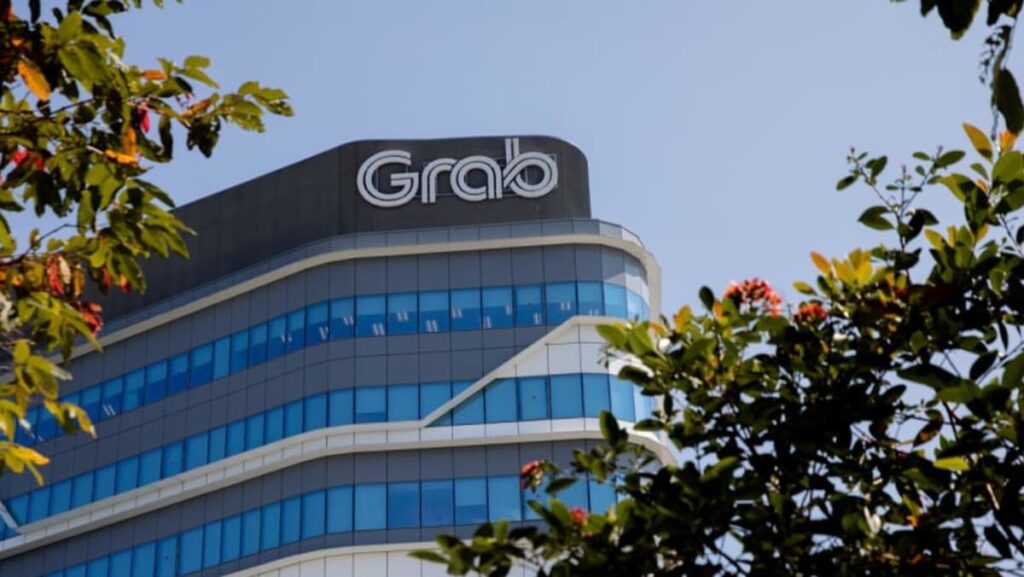Grab’s challenge has been to transition from reliance on aggressive subsidies toward a model based on organic growth and operational efficiency. Taking the reported metrics together, they suggest that Grab’s operational improvements are beginning to pay off and customers are responding well to its strategy.
A COMPETITIVE SOUTHEAST ASIA LANDSCAPE
Despite its progress, Southeast Asia remains a highly competitive market. In mobility, Grab has effectively fended off low-cost competitors like InDrive and Maxim, although the competitive pressure persists.
In the food delivery segment, Grab leads in all its markets, with market share also being more consolidated among the second-largest players such as ShopeeFood and LineMan. According to a Momentum Works report released in February, in Indonesia, ShopeeFood quietly achieved an 18 per cent market share in 2024 and is poised to challenge existing leaders.
This data underscores that even in markets where Grab currently leads, competitive dynamics are constantly evolving.
Consumer incentives remain critical for user acquisition and retention but can erode margins if not managed carefully. This will require careful calibration of promotional spending while maintaining a product mix that continues to attract and satisfy a diverse customer base.
Its tiered service offering has allowed Grab to extract incremental value from each customer group by charging according to their willingness to pay. The company reported an increase in users opting for “saver” and “priority” deliveries, the least and most costly delivery fee tiers respectively.
https://www.channelnewsasia.com/commentary/grab-profit-growth-merger-goto-ai-southeast-asia-5030266


